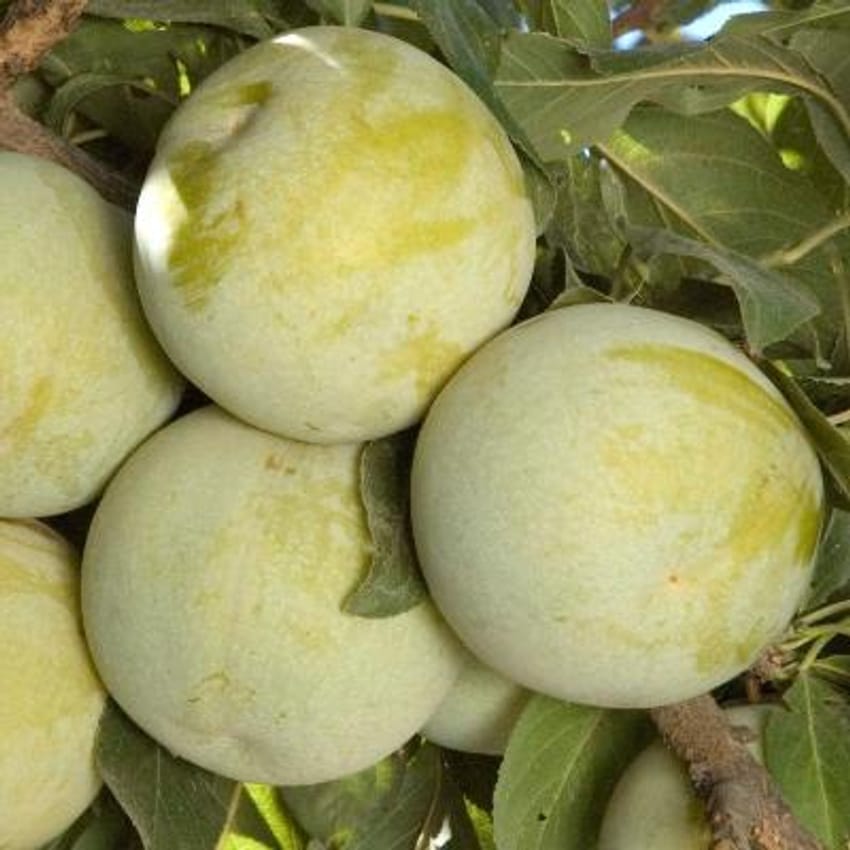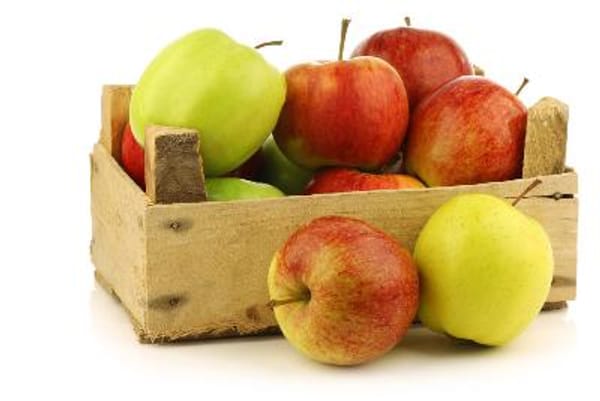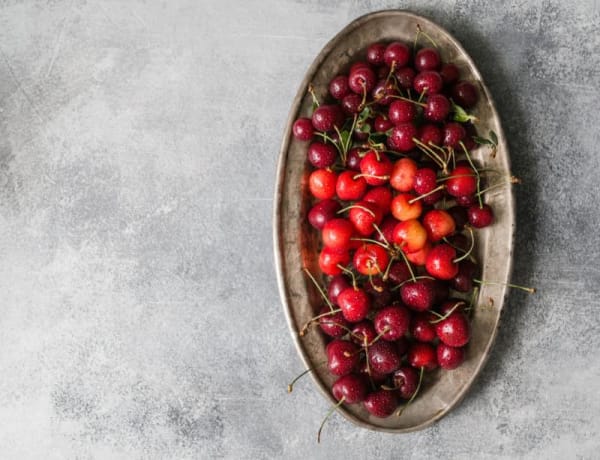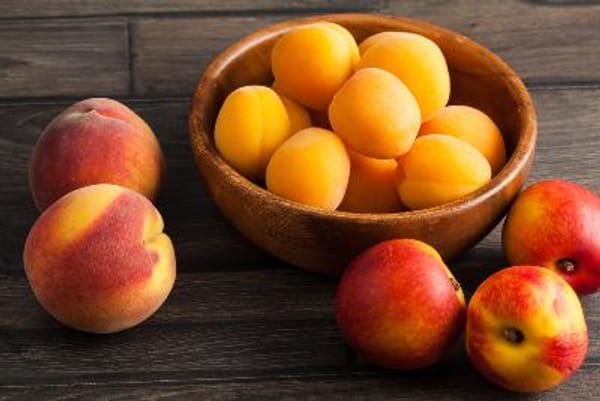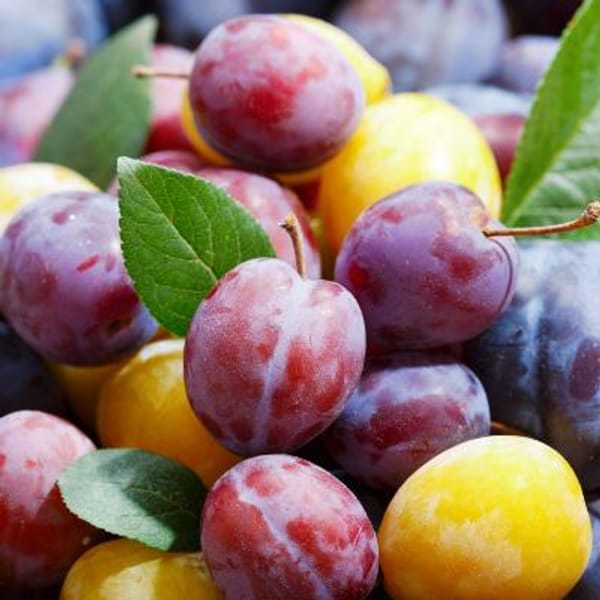- On Sale! 15% off Pre-ordered Bare Root Fruit Trees (ends 12/31/25)
- Exquisite plum/apricot hybrid with candy-like sweet, wonderfully pleasing flavor.
- Greenish-yellow skin, amber-orange flesh.
- Needs a pollinator: Flavor Supreme Pluot, Dapple Dandy Pluot, Santa Rosa Plum, or Burgundy Plum.
- Vigorous and prolific.
- USDA Zone 5-10, Requires 400-500 chill hours to set fruit.
- Protect when temperatures fall below -20°F.
- Approximate harvest period (for Central CA): July / August.
- Grafted on Myro 29C rootstock
- Click here to view "Fruit Tree Rootstock Information"
- Click here to view our "Fruit Tree Variety Chart"
- This fruit tree is shipped dormant and bare-rooted.
- Please see our "Dormant Tree & Plant Guarantee" below
- This is a pre-ordered item. It will be ready to ship starting January 2026.
Click here for our Bare Root Fruit Tree Growing Guide (pdf)
Guia de cultivo para un arbol de raiz desnuda
Optimize Shipping: Optimize your shipping by ordering multiple bare-root fruit trees. Shipping is calculated by box size. We can fit up to 8 bare-root fruit trees in a box. Multi-budded fruit trees and Jujube trees will count as 2 due to branching.

